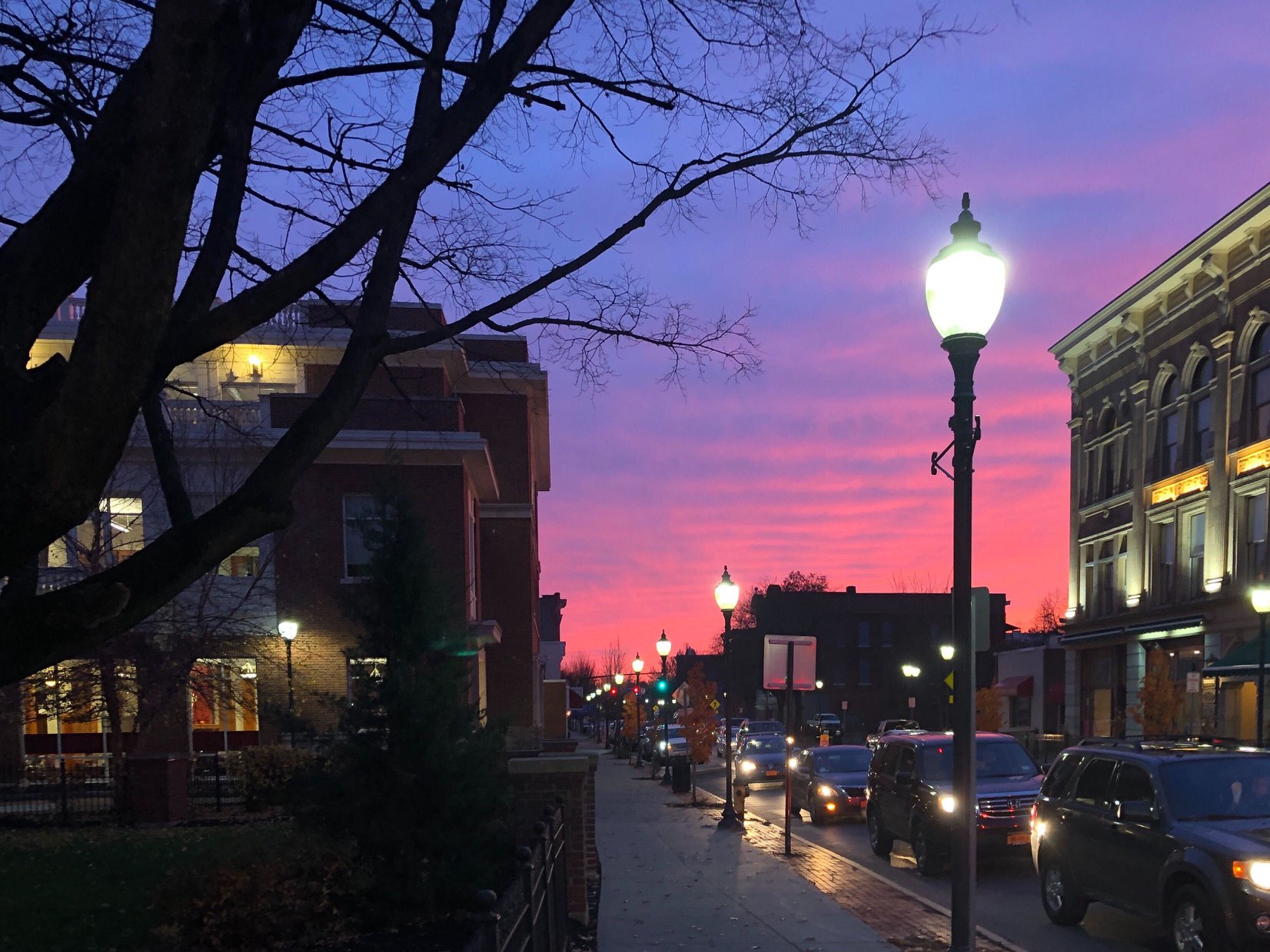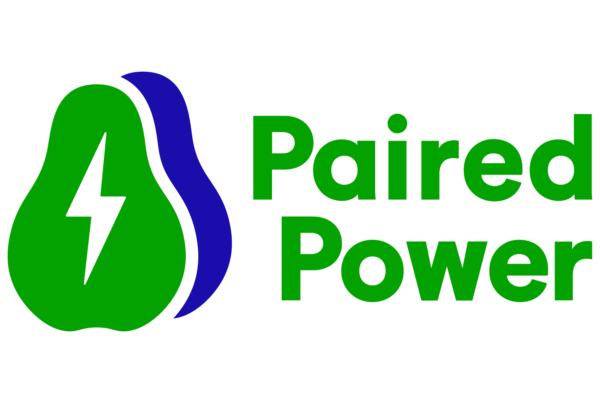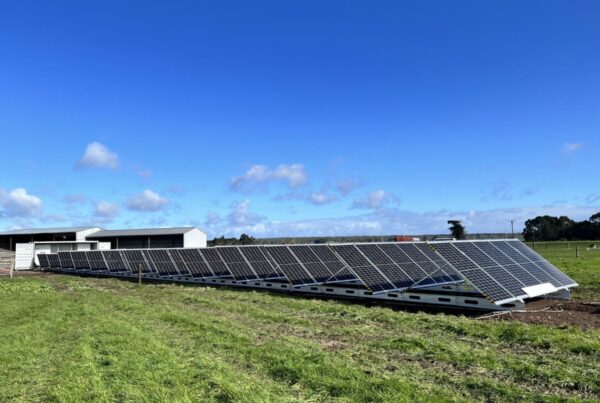An Interview with Dr. Jeffrey Flagg, Sustainability Coordinator at City of Glens Falls
As a municipality in Upstate New York, Glens Falls is the gateway to the Adirondack Park and is a destination for shoppers, sightseers, and outdoorsmen who want to experience the 6-million-acre destination. As such, Glens Falls is one of the most visited cities in New York’s renowned “North Country.” With just over 14,000 residents, the 4-square-mile city strives to be a responsible neighbor to the Adirondacks.
“We’re right next door to the largest nature park in the lower 48 states, which the city relies on economically in a postindustrial world,” says Jeff Flagg, PhD, Glens Falls Sustainability Coordinator. “From a tourism perspective, we have an inherent responsibility to the park and see sustainability practices as an appropriate pursuit.”
One primary focus of the city over the past several years has been energy conservation, according to Dr. Flagg, who holds a doctorate in American Studies, a master’s in English, and a bachelor’s in business. The reason is simple, he says: the return on investment is easy to manage and easy to measure. “Streetlights are an area where we can apply sustainability practices to reduce energy consumption, reduce cost, improve public safety (and satisfaction) and be better stewards of the planet. This is the logical avenue for a municipality to pursue,” he says.
An important question remains to be answered: can Glens Falls become greener without incurring additional costs?
“If we can save money and get greener, then that is the ideal goal,” says Dr. Flagg, adding that streetlights are typically the single biggest consumer of energy for a municipality. “It’s low-hanging fruit in one respect, but also a heavy lift. For a long time, the city was leasing their streetlights, which is not uncommon. Now they are buying them to take control.”
Leasing lights from a utility can be a financial drain on a municipality. Now, with Dr. Flagg’s help, the City of Glens Falls is undertaking a massive effort to convert every one of its roughly 1600 streetlights from high-pressure sodium (HPS) to light-emitting diode (LED). LED lights are easier to measure and manage.
The municipality stands to save as much as a quarter million dollars annually, as a result of the conversion. That includes $140,000 per year from not leasing the lights and $110,000 from energy savings. Initially, the bulk of these savings will cover the expense of buying and converting the lights. To date, Glens Falls is about 80% through the conversion process, having completed an audit of the existing lights, design, and engineering of the conversion. The New York Power Authority (NYPA), a state organization, is working with municipalities to facilitate the process.
Tackling street lighting is a win-win for residents and the city. In this case, Glens Falls found a way to reduce costs and hold down taxes. The new, more energy-efficient technology provides greater clarity and illumination, which residents recognize walking or biking around Glens Falls City Park.
Improved technology has other benefits. For instance, LEDs can easily accommodate asset management features. “The technology gives us greater control over usage. We can get a notification if a unit is damaged or malfunctions, via an app,” says Dr. Flagg. “You can also dim the lights, say from 2 to 4 a.m. when there’s less of a need and save money while lessening the drain on the power grid. Less demand and greater savings leads to a greener planet.”
Each light can be individually controlled, and Glens Falls has hired a smart city technology firm, Fybr, to make it all possible. Because each light will be metered individually, the city can do some data mining to determine how and when lights need to be adjusted.
“We’re laying a network with a low bandwidth WiFi connection to centrally located poles that act as hubs that communicate with other lights, so we know exactly what’s happening with each light in the system,” Dr. Flagg explains. “It is all about control. Greater control leads to reduced consumption.”
The goal of harnessing the data has led to additional opportunities. NYPA has given the city a grant of up to $225,000 to install new technology. Working with Fybr, Glens Falls hopes to add parking sensors, air quality sensors, water level flow sensors, and roadbed temperature sensors.
In the short-term, Dr. Flagg says the effort to upgrade the streetlights should save Glens Falls a few thousand dollars annually as they pay for the purchase and installation of the system. In so doing, the city is pushing its outdated infrastructure into the digital age.
This technological leap puts Glens Falls on the cutting edge of innovation, helping to ensure it has a sustainable future.
——————————————————————————————————————————





